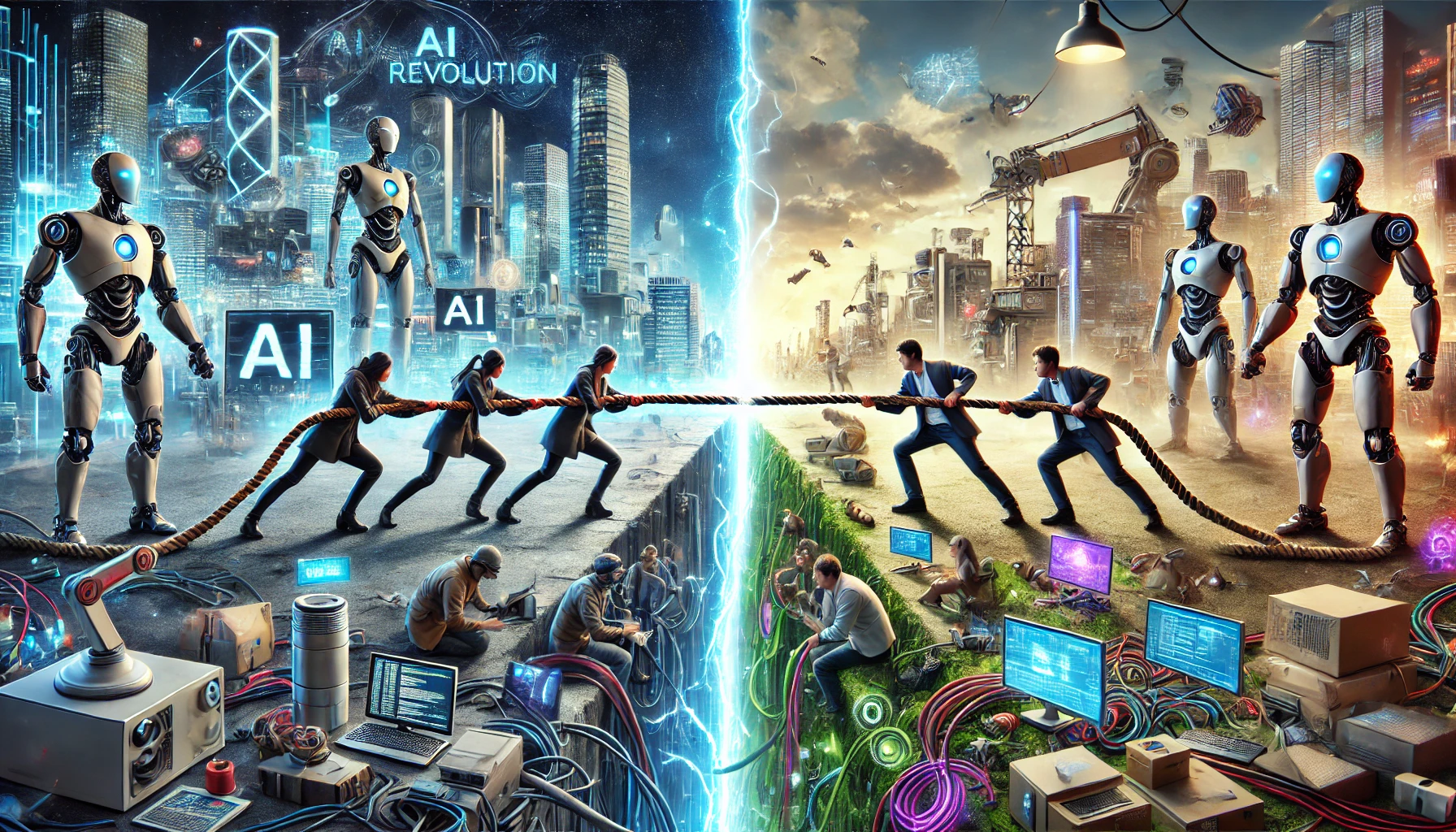In the rapidly advancing field of artificial intelligence, every announcement, delay, or update sparks intense discussions. This week was no different as Sam Altman, CEO of OpenAI, took to social media to comment on a Wall Street Journal (WSJ) article critiquing OpenAI’s ambitious new project, code-named Orion.
The WSJ piece, titled “The Next Great Leap in AI Is Behind Schedule and Crazy Expensive,” detailed challenges facing Orion—rumored to be GPT-5. The article painted a picture of mounting costs, delays, and technological hurdles, raising questions about the feasibility of creating an AI model significantly smarter than GPT-4.
https://www.wsj.com/tech/ai/openai-gpt5-orion-delays-639e7693
Altman’s response, posted shortly after the article was published, was a mix of bemusement and critique. He noted the article’s timing, coming just hours after OpenAI announced the launch of its O3 model—a major step forward in AI deployment. His subtle jab implied the WSJ’s perspective may have been out of sync with OpenAI’s current trajectory.
Navigating AI’s Next Leap
AI development is no small feat, and the stakes for Orion are enormous. OpenAI’s vision for Orion/GPT-5 reportedly aims to surpass its predecessors not only in raw power but also in understanding, reasoning, and adaptability. Such advancements, however, come with unprecedented challenges:
- Data Limitations: The WSJ highlighted concerns that there might not be enough high-quality data globally to adequately train Orion.
- Infrastructure Costs: Training cutting-edge AI models demands extraordinary computational power, driving costs into the billions.
- Timeline Pressure: OpenAI’s partnership with Microsoft has reportedly set high expectations, with earlier timelines now appearing overly optimistic.
Balancing Innovation and Scrutiny
While delays and hurdles are natural in groundbreaking projects, they underscore the growing tension between public expectations and the realities of AI development. Companies like OpenAI operate in a fishbowl, where every misstep is magnified.
Altman’s commentary reflects the duality of the AI landscape: one that’s both exhilarating and deeply scrutinized. The WSJ’s critique isn’t unique—every innovation comes with a chorus of skepticism, often amplifying the complexity of progress.
Beyond Orion
As Orion develops, it’s essential to view its challenges in context. OpenAI’s strides in AI have already revolutionized industries, from creative writing to scientific research. Even if Orion’s timeline shifts or its costs climb, the potential breakthroughs could redefine what’s possible in technology, just as GPT-4 did before it.
For now, the world watches as OpenAI grapples with the complexities of its next great leap. As Altman’s post reminds us, innovation often marches to its own rhythm—undeterred by headlines or opinions.
This piece reflects ongoing discussions about AI advancements and OpenAI’s vision. Sam Altman’s engagement highlights the broader narrative of balancing optimism, criticism, and the pursuit of transformative technology.

